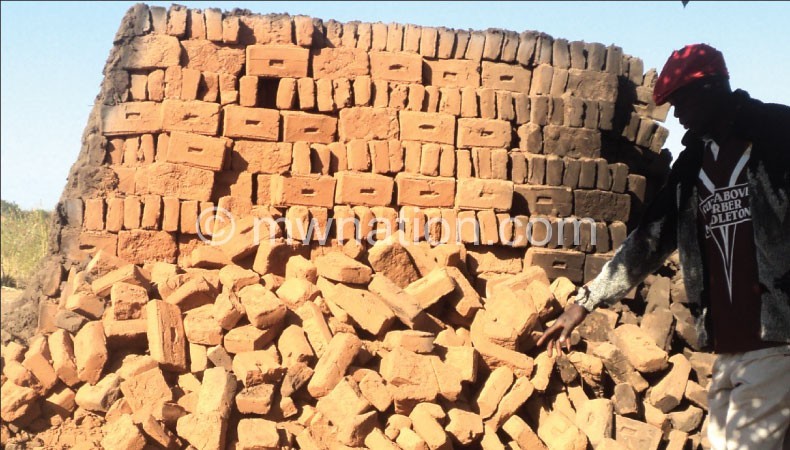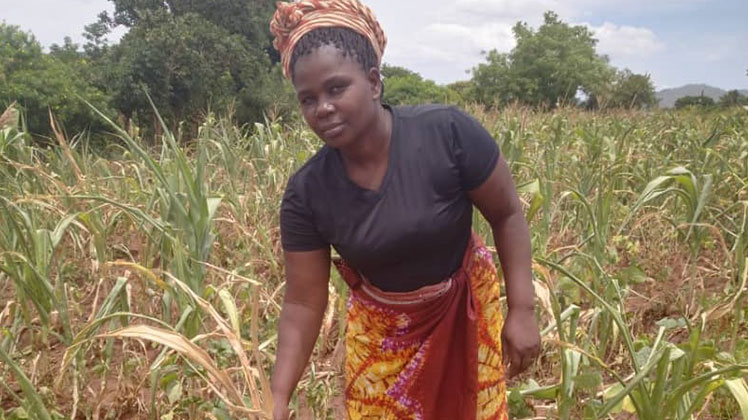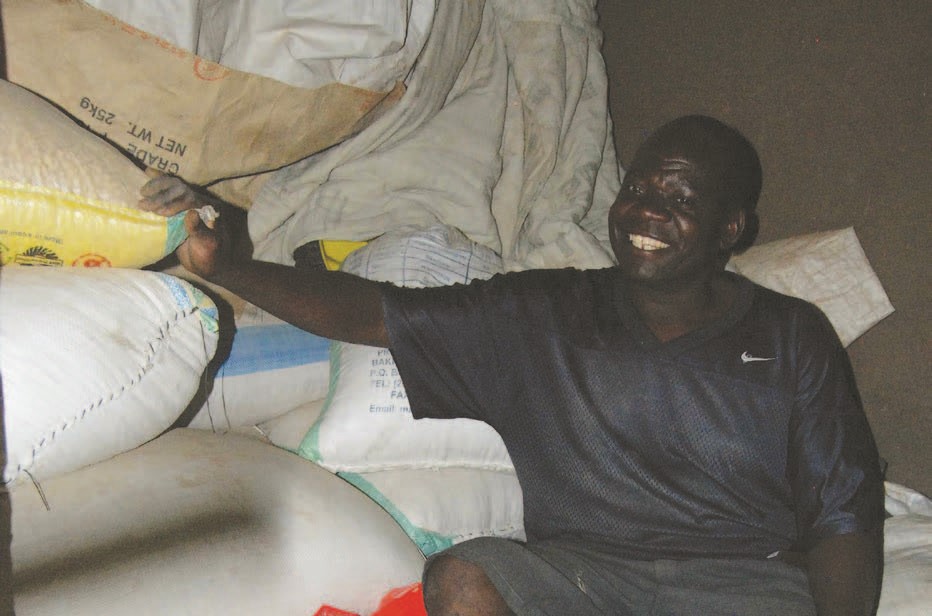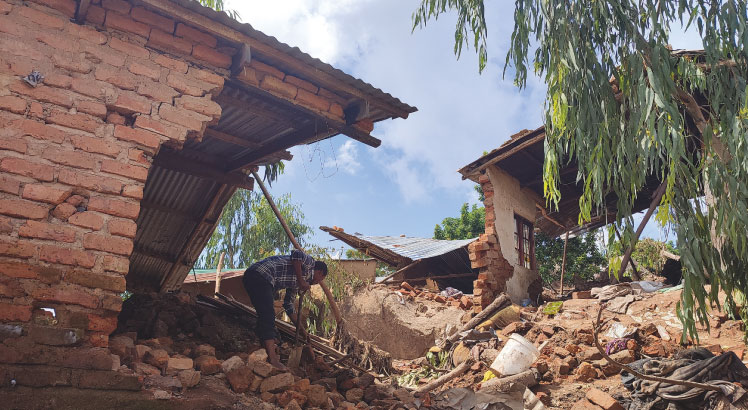Brick-making that saves trees
Yonasi Jedegu, 36, laughs hard when he hears about Malawi’s long-term vision to become a prosperous, self-reliant, inclusively wealthy and industrialised nation by 2063.
“The year 2063 is far,” he says. “The brains behind Malawi 2063 may not live to see its fulfilment.”

Environmental sustainability is one of the enablers of the national vision, but the resident of Chinsapo Township in Lilongwe, who makes bricks for sale along Chankhandwe River, does not know that his hot business fuels environmental degradation and climate change.
His clay bricks are fired by heaps of fuelwood in highly inefficient kilns. The dominant building blocks in Malawi accelerate the loss of trees.
UN Habitat ranks Malawi as one of the world’s fastest-urbanising countries.
According to the 2018 census, 16 percent of Malawians live in urban settings, where property developers are under pressure to provide housing for the rapidly growing population.
Every year, brick makers burn almost 850 000 tonnes of wood that release about 1.5 million tonnes of carbon emission that cause climate change.
This may leave Malawi treeless within 25 to 30 years unless kept in check.
Saving trees
Centre for Community Organisation and Development (Ccode) has introduced vertical shaft brick kiln which uses crop residues instead of firewood.
The nongovernmental organisation provides affordable housing for the urban poor in partnership with the Malawi Homeless People’s Federation.
Says Ccode executive director Zilire Luka: “Over the years, construction of houses has been too costly due to low-quality bricks with irregular shape, which consume high cement from large mortar joints and plastering,”
The search for affordable solutions led to India where the Society for Technology and Action for Rural Advancement (Tara) pioneered the Eco-kiln, which does not burn fuelwood. Instead, it uses tobacco dust, rice husk and groundnuts shells mixed with soil during brick-making.
This acts as internal fuel which is touted to cut toxic emissions by about 90 percent compared to traditional brick-firing technologies.
“This is lowest particulate matter emissions,” reads its manual.
Ccode conducted a feasibility study in 2012.
In 2015, Eco-Matters Limited started producing the new bricks at its pilot plant at Mthyoka in Lilongwe. It was constructed with support from Tara, the UK’s Department for International Development and the German development agency (GIZ ).
Production started three years before the National Construction Industry Council (NCIC) banned fire-cured bricks in government, commercial and institutional projects.
The Sustainable Construction Materials Regulations forced the construction industry to switch to cement blocks which cost more than traditional bricks.
“Eco-Matters products are more affordable,” says Luka. “The plant produces over six million bricks a year, but we need more players to meet the growing demand for eco-bricks. There is need for competition.”
Eco-friendly bricks
The GIZ-funded More Income and Employment in Rural Areas in Malawi (Miera) project promotes the environment-friendly building materials, including eco-bricks.
The project offers entrepreneurs all goods and services required to establish eco-friendly brick plant at a lowcost.
GIZ envisages Malawian entrepreneurs adopting environment-friendly brick-firing technologies suited to tackle challenges fuelled by traditional brick-making methods.
“The technology can make a significant contribution to the environment-friendly building materials Malawi needs to achieve its goals set out in Malawi 2063,” says Miera head of building materials Peter Schramm.
The project has senstised over 1 000 people and more than 100 entrepreneurs have expressed interest to join in. Five are constructing eco-kilns in Lilongwe, Mulanje, Zomba and Blantyre.
New Vision and Alinafe Construction Company proprietor Charles Nansawa, from Mulanje, says his kiln will employ 60 people and reduce deforestation in the country’s largest mountain when production starts next year.
“Deforestation in Mulanje Mountain is high because many people here are unemployed and they depend on fuelwood from the mountain,” he says.
Ccode also plans to engage the traditional brick producers like Jedegu in the sustainable methods of firing bricks.
“We want to put them in cooperatives and lobby financial institutions and the banking sector to help them establish their own eco-kilns.”
NCIC, together with the departments of Energy and Environmental Affairs, has taken a keen interest in the energy-efficient brick-firing technology to save forests.
“The council is aware of several brick-making technologies coming in to replace the traditional method. As long as they don’t use wood, we have no problem with them,” says NCIC corporate affairs officer Lyford Gideon.
The regulator has stopped several construction projects due to noncompliance.
This is part of the government’s phased plan to kick out forest-consuming bricks, says Gideon.
“In the future, the government may decide to completely ban the use of fire cured bricks in all building projects. But this depends on Cabinet decisions and lawmakers passing of the Bill in Parliament,” he explains.





